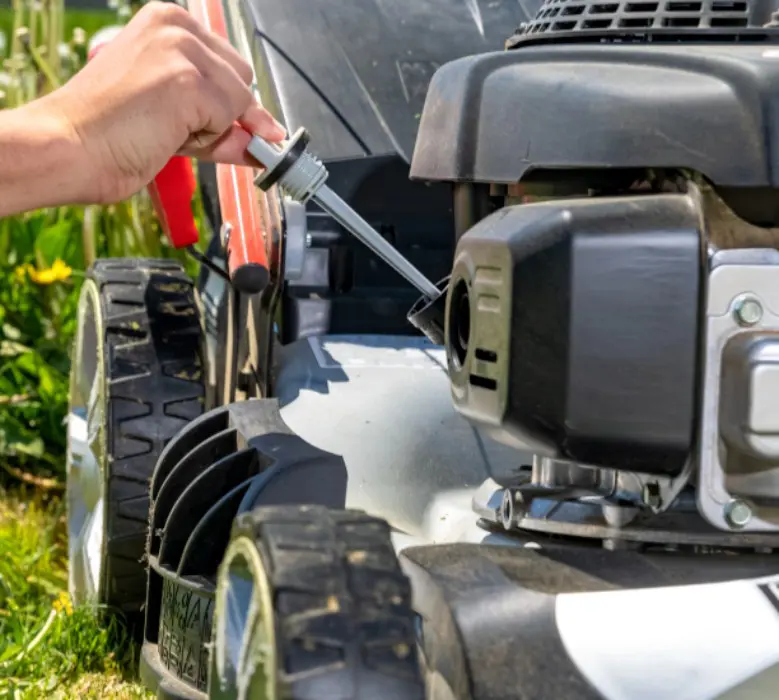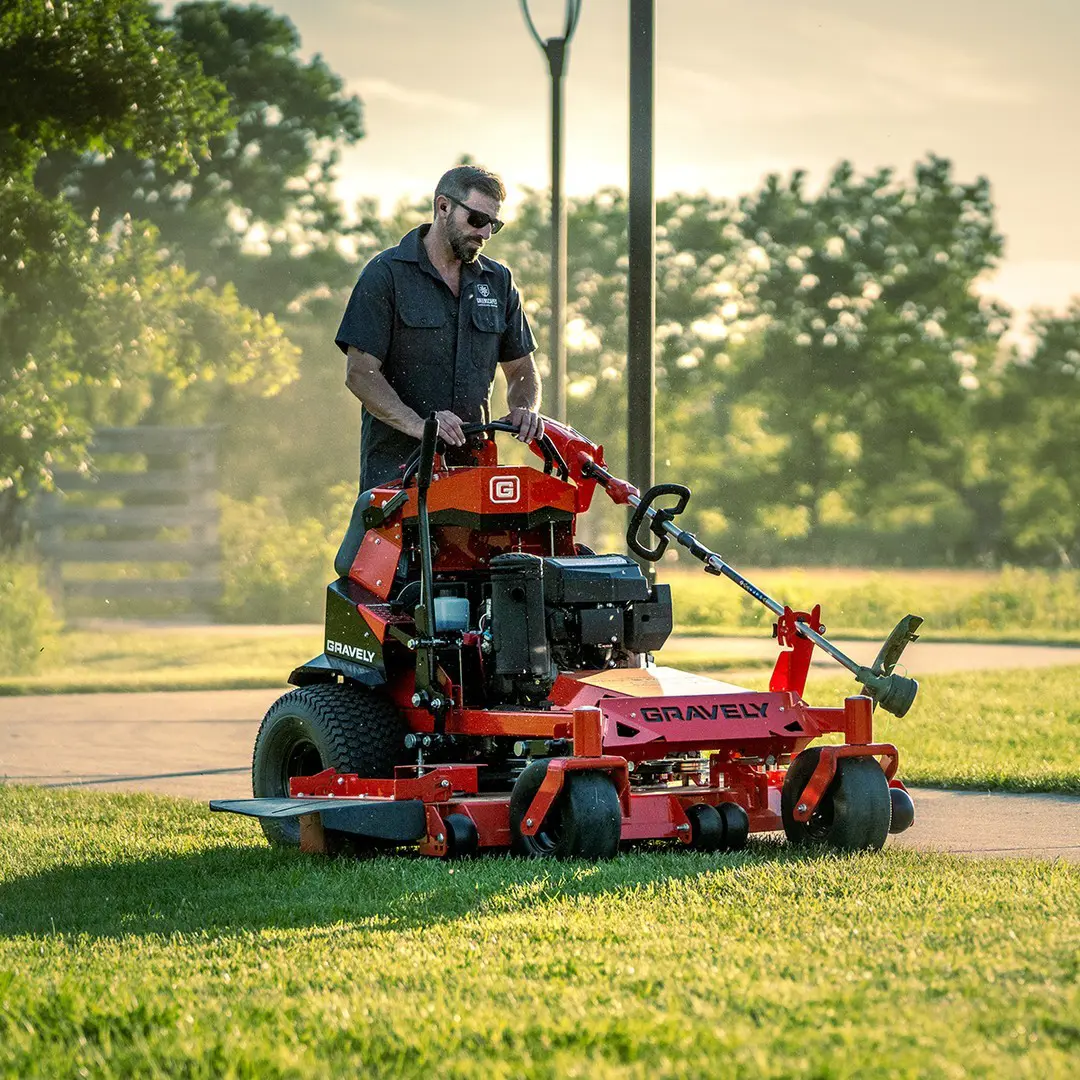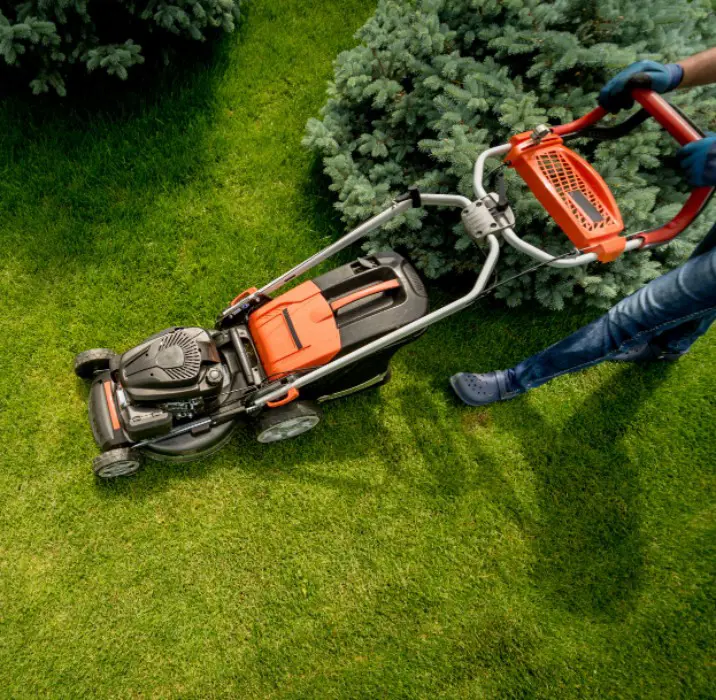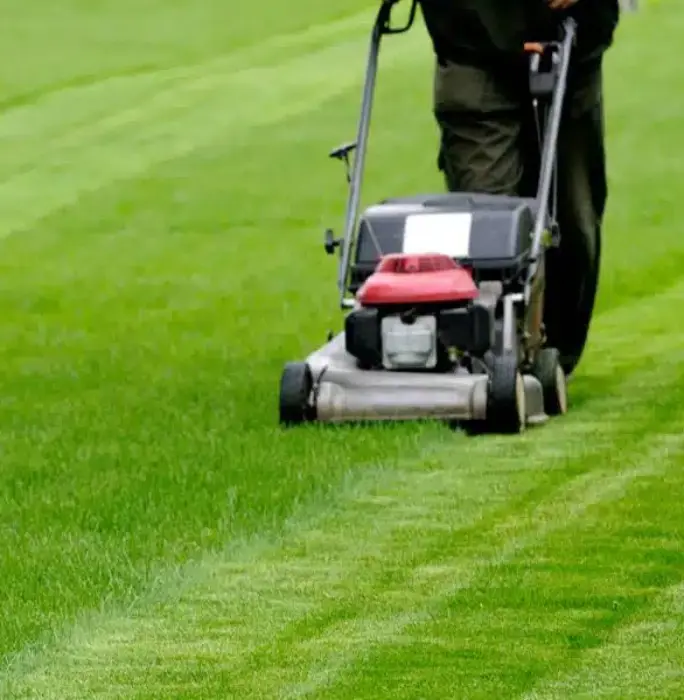While you are aware of the lawn mower problem, what causes it? Knowing these can help you prevent this kind of situation.
A lawn mower that keeps cutting off can be frustrating, and several common issues may be causing this problem.
Overworking the Mower
The basic cause of lawn mower problems is overworking, especially if the grass is too tall or dense. When the mower struggles to cut through thick grass, it is a classic sign of exhaustion.
Further, this can lead to stalling. To reduce this, consider raising the mower deck height or mowing in smaller sections.
Old Fuel
If the fuel in your tank is too old, then it can not ignite properly. At the same time, it can cause the engine to sputter and die. You should drain the old fuel and replace it with fresh gasoline.
Obstructed Carburetor
An obstructed carburettor can prevent the proper air-fuel mixture from reaching the engine and becoming an obstruction. Cleaning the carburettor can help restore proper function.
Clogged Air Filter
If the air filter is dirty, it can restrict airflow to the engine. Further, it makes it difficult for the mower to run smoothly. Inspect and replace a clogged air filter to improve performance.
Faulty Spark Plug
A dirty spark plug can affect ignition. It causes the mower to start and then die. Cleaning or replacing the spark plug is a straightforward fix for that lawn mower problem.
Blocked Fuel Cap
If the fuel cap is clogged, a vacuum can be created in the fuel tank. These have prevented the fuel from flowing to the engine.
Electrical Issues
For electric mowers, problems with the power cable can cause intermittent cutting out. Inspect the cable for damage and ensure the motor is functioning properly.











